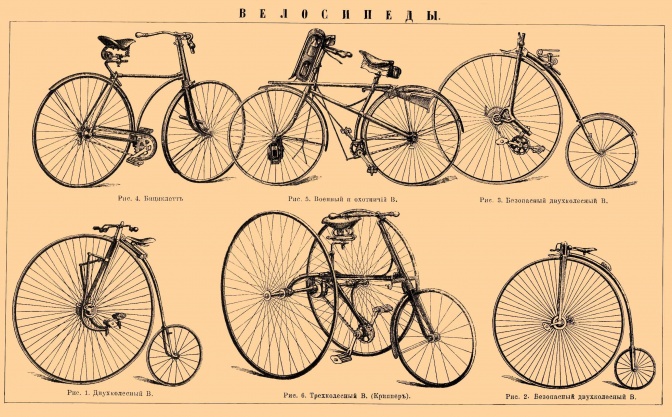One technical discovery can be registered both as the first and as the second. To navigate this topic you need to specify the concept.
Patent: invention or utility model, concept of terms
A patent is a document that testifies to authorship and confirms the right of the owner to use the patenting element for a specific time.
A utility model is a discovery that gives a certain technical result. This is an intangible object that relates exclusively to any technical device. Distinctive features of the utility model is a novelty and industrial applicability.
An invention is a technical solution related to any material product that solves a technical problem at the material level.
Differences between a patent for an invention and a patent for a utility model?
It turns out that, based on the explanations, these are almost identical concepts. However, there are differences between them. Both the first and second are technical solutions. Such a solution in any case must meet the basic criteria: be new, have a technical application, meet the inventive step. The first two parameters are the same in both cases. The difference is in the presence of inventive step.
If there is an inventive step, then a technical solution can be considered an invention; if not, a useful model. Compliance is determined during the examination after submitting the application.
There is an opinion that a utility model is an inferior invention and its author is somewhat deprived in terms of the rights granted. In reality, this is not the case. Such a misconception is based on conclusions drawn from the legislative norms of Ukraine.

Timing
Registration of the invention lasts up to two years, the patent is valid for 20 years. The utility model is patented for a little over six months, and the document is valid for only 10 years.
Expertise
The scope of the examination is also different. When patenting inventions, the formal part is checked, that is, filling out the documents, after which the examination essentially evaluates the invention itself. When designing a utility model, the process ends with a formal examination.
It turns out that the security documents in any case give the same rights. In this case, the utility model is registered faster, cheaper and easier, due to which not 20, but 10 years is protected.
Since there is no substantive check for the design of a utility model, this object is more often associated with an unfair attitude and obtaining protection for objects that are not in fact subject to registration. The disadvantage of this option is the lack of verification for a worldwide novelty. If in the future someone decides to protest a patent and requires the definition of this parameter, in the absence of uniqueness, the document may expire.
Paperwork
For both registration options, the same set of documents is submitted to Ukrpatent. The application in both cases should include the following data:
- text of the statement;
- A complete description of the subject of patenting;
- schemes, formula;
- essay.
The application is submitted to Ukrpatent, after which the examination can be started.
Is it possible to get a protection certificate for a utility model and invention at the same time?
Theoretically it is impossible. However, as practice shows, recently situations of simultaneous filing of two such applications are common. Applicants simply shorten the formula used in the patent application of the invention and apply it in a variant with a technical model. Since the change of the formula makes the invention a fully-fledged technical model, the violation of the law does not technically occur. It turns out that a security document for an invention can be obtained even after the same object has been registered as a utility model.
The benefits of patenting
Technical discoveries are not subject to mandatory patenting. They need to be registered for protection, as this is the only way to do this effectively. Without a document certifying registration, it is almost impossible to prove one’s case in patent disputes.
If the rights of the patent holder are violated, he may demand immediate restoration of justice and subsequent compensation for damage.
In addition to protecting intellectual property, patenting provides several other benefits.
For example, the owner of a security document may authorize the use of his creation, while receiving material benefits.
A patent may appear in the authorized capital of an enterprise as an intangible asset. In this case, the amount to which the patent is assessed may be included in this fund or be put on the balance sheet.
Over the years, the economic importance of a patent may increase substantially. In this case, the patent itself can be a source of profit. This benefit is quite logical, since the fruits of mental labor should benefit its creator.